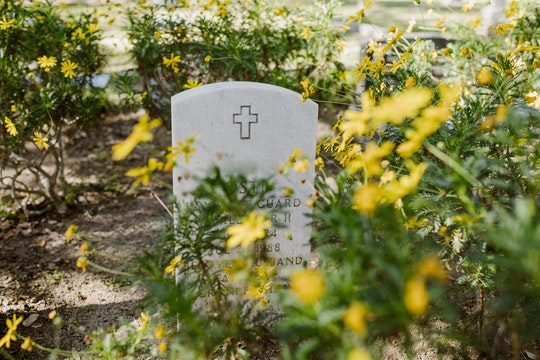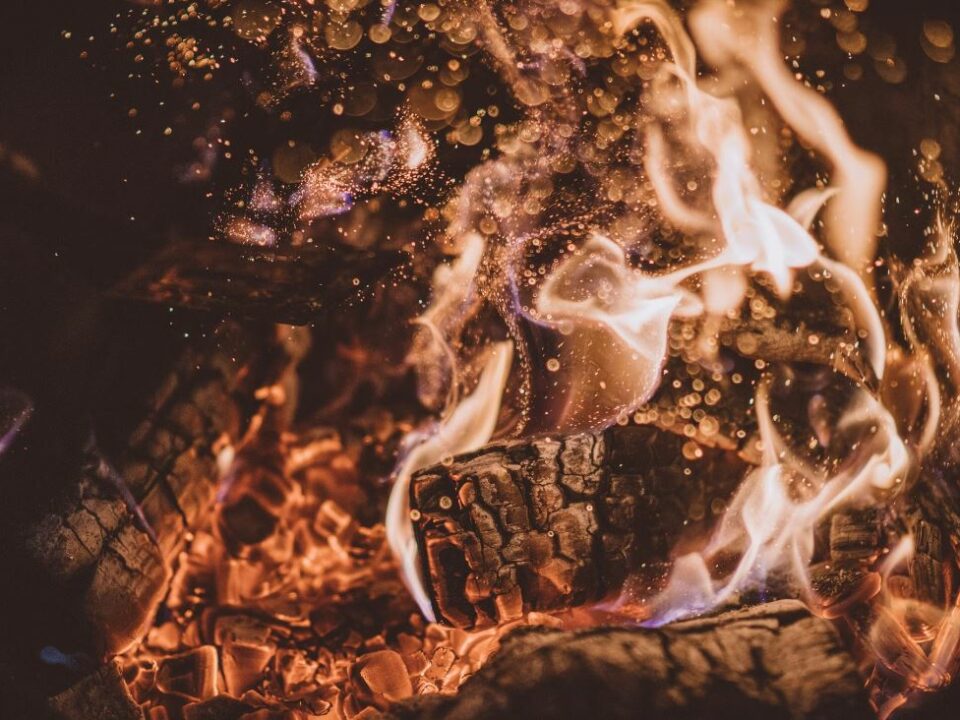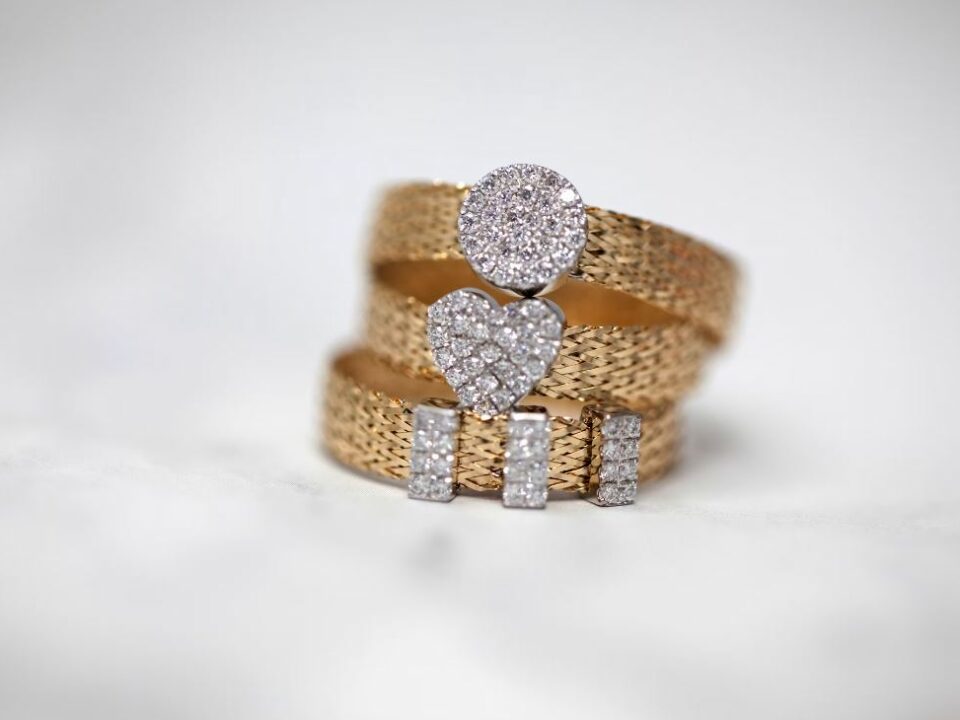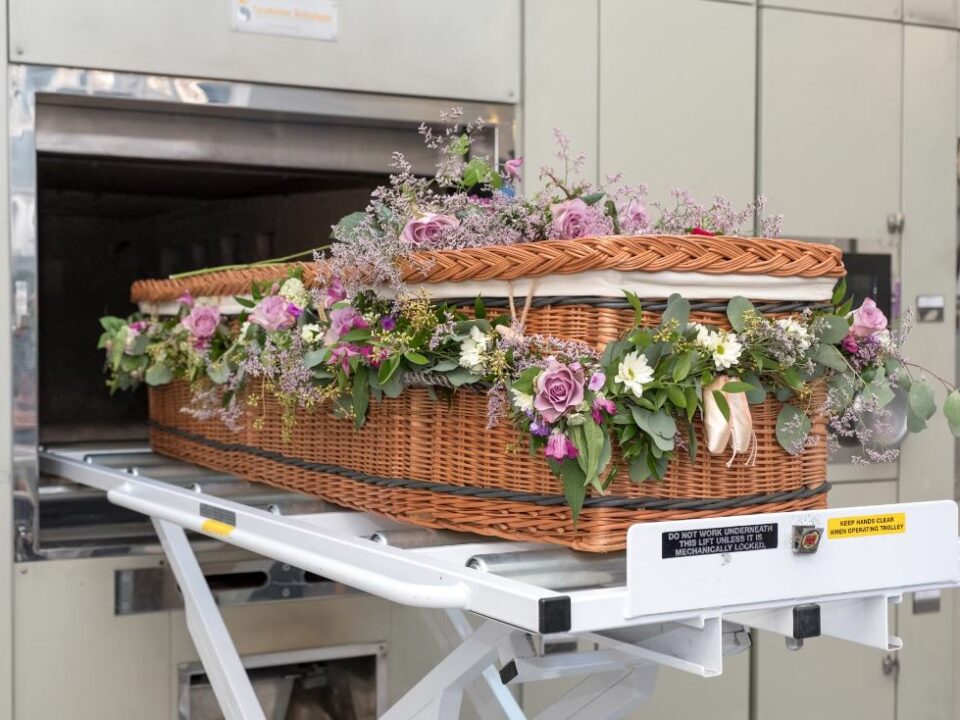Blog
There are various myths about cremation which can discourage anyone from the method of disposition. Most of the myths are untrue or not based on solid evidence. The following are some of the untrue myths that surround cremation. And if you would prefer to see a professional, cremation services in West Linn, OR have you covered!
1. Cremation is a Less Expensive Option Than Burial
This assertion holds when comparing typical costs. Traditional ground burial is the most expensive alternative due to a large plot, a luxury coffin, embalming, gravesite maintenance, and other costs. However, depending on the services you choose, what you skip, and what you can handle yourself, burial can be just as economical as cremation, if not more so. You can save even more money by having your loved one buried on private property, like a family farm or ranch.
2. Cremation Produces Ashes
Even in the funeral and cremation industry, the term “ashes” is frequently used, yet what remains after cremation is not ashes. The official word for these pulverized bone remnants as “cremated remains.” Everything except the bones is incinerated during the cremation process, and the remaining skeletal material is ground down into a fine, grainy powder. The remains themselves resemble coarse sand, with an off-white color toward gray.
3. You Might End Up With The Remains of Someone Else
Despite being a prevalent concern and the punchline to most cremation jokes, this is a fallacy. The ICCFA (International Cemetery, Cremation, and Funeral Association) has written guidelines and resources for its members.
Most funeral establishments and crematoriums belong to the ICCFA, the NFDA (National Funeral Directors Association), or other local organizations. These organizations all have similar criteria, which have been adopted into various state funeral laws and regulations.
Furthermore, each funeral home and Crematory have protocols to ensure that each deceased’s identity and the cremated ashes are never questioned. This myth contains a kernel of truth based on a few examples of unscrupulous, disreputable persons who cut shortcuts and swindled their clients years ago. By following two easy steps, you may ensure that you do not fall victim to this rare occurrence:
● Ask the funeral director or the personnel at the crematorium how they keep their identities safe.
● Be present for the cremation.
It is your right to attend the cremation, and doing so can help lessen the anxiety that their loved one’s ashes are mixed with (or mingled with) those of another person.
4. Cremation is Environmentally Friendly
The cremation process is not at all environmentally friendly.
However, there are additional environmental benefits once you’ve gotten past the actual cremation. There is no land available for burial because there is nobody to bury. You may avoid using formaldehyde in most typical vaults and the coffin, grave liner, and long-term cemetery upkeep.
5. Cremation Does Not Allow for a Traditional Funeral
Cremation does not rule out the possibility of a “conventional” funeral. The only distinctions between burying a cremation urn and standard urns are the size of the container being buried and the lack of viewing right before the burial. You can have an open-casket visitation and memorial ceremony before the cremation; you’ll only have to wait a few days to complete the cremation before you can be buried.
6. Urns Are Only Purchased From Funeral Homes
No. An urn can be purchased anywhere and brought to a funeral home or crematorium. “The funeral provider may not refuse, or charge a fee, to handle a casket [or urn] you bought elsewhere,” according to the FTC’s Funeral Rule. Cremation services in West Linn, OR provide the necessary services.




